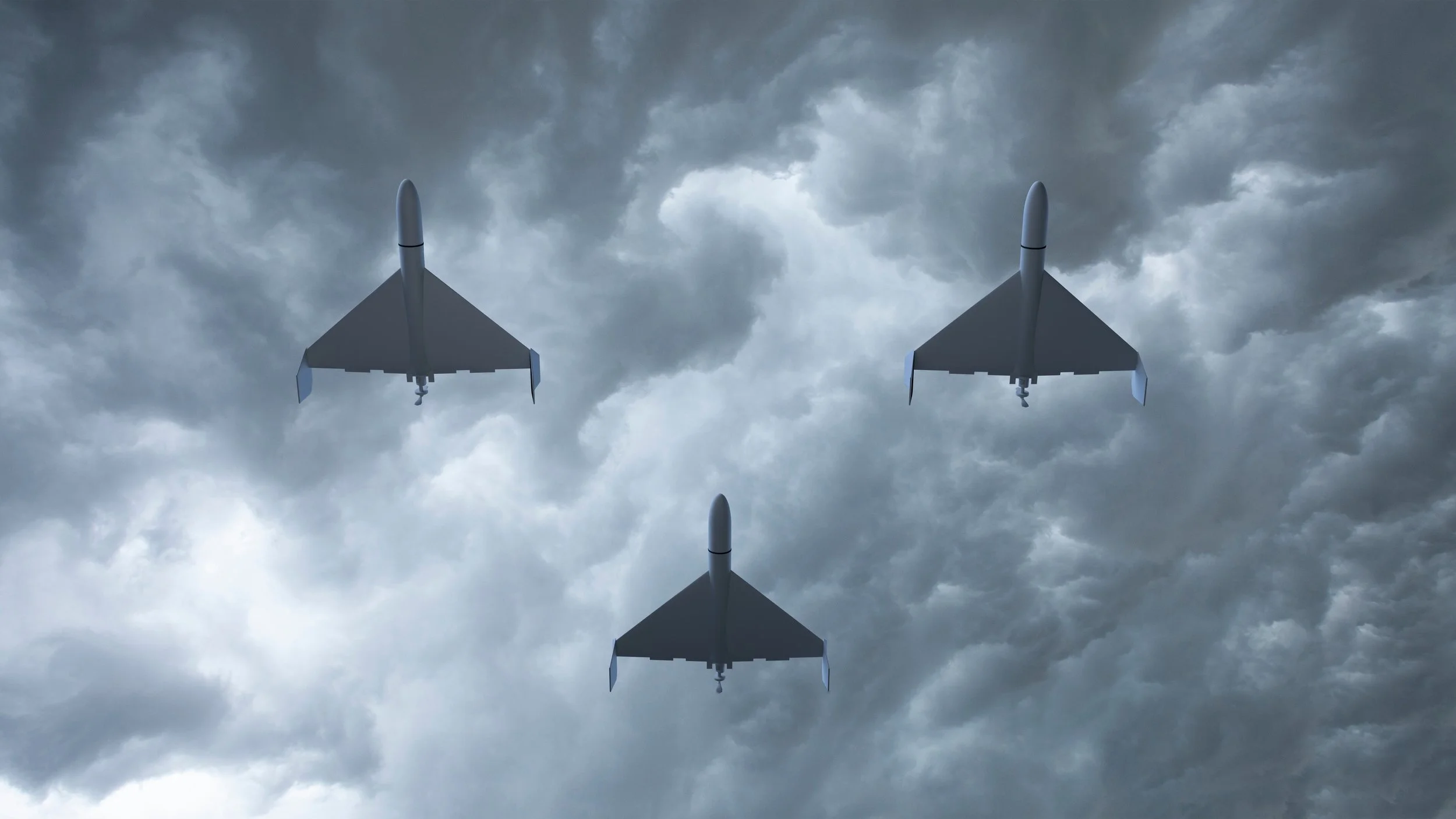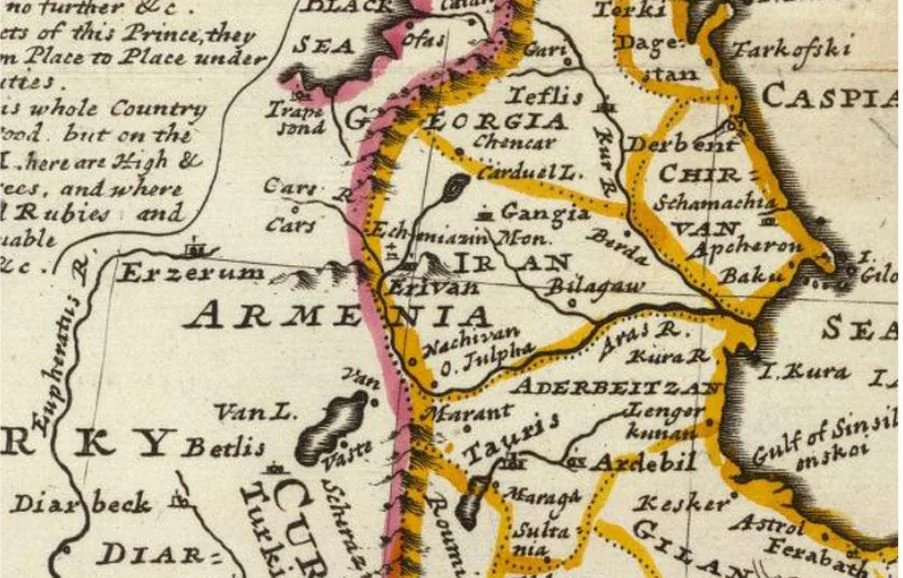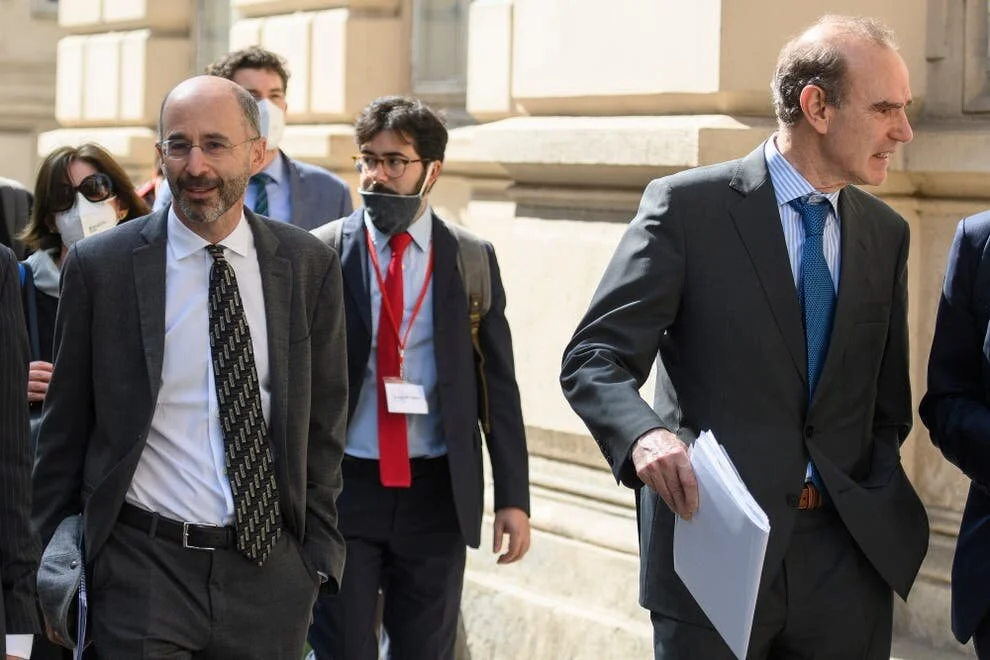Media Guide: Iran in Latin America
/By AIC Senior Research Fellow Andrew Lumsden
On June 12, 2023, Iranian President Ebrahim Raisi embarked on a five-day tour of three Latin American countries, the first visit of an Iranian leader to the region since 2016. In addition to praising Latin American countries for their commitment to “independence, freedom, and justice,” Raisi signed 35 agreements with his counterparts in Cuba, Nicaragua, and Venezuela, and signaled an intention to begin a new era of cooperation.
This visit has helped to reignite discussions about the nature and extent of Iran’s relationships and activities in Latin America. Furthermore, it raises questions about ramifications for the United States, a nemesis of Tehran and a power that has for centuries been wary of foreign influences in the Americas.
This Media Guide will explore some of the key political and economic relationships Iran has built in Latin America over the past two decades, its motives, and how the United States has reacted.
Read More




















